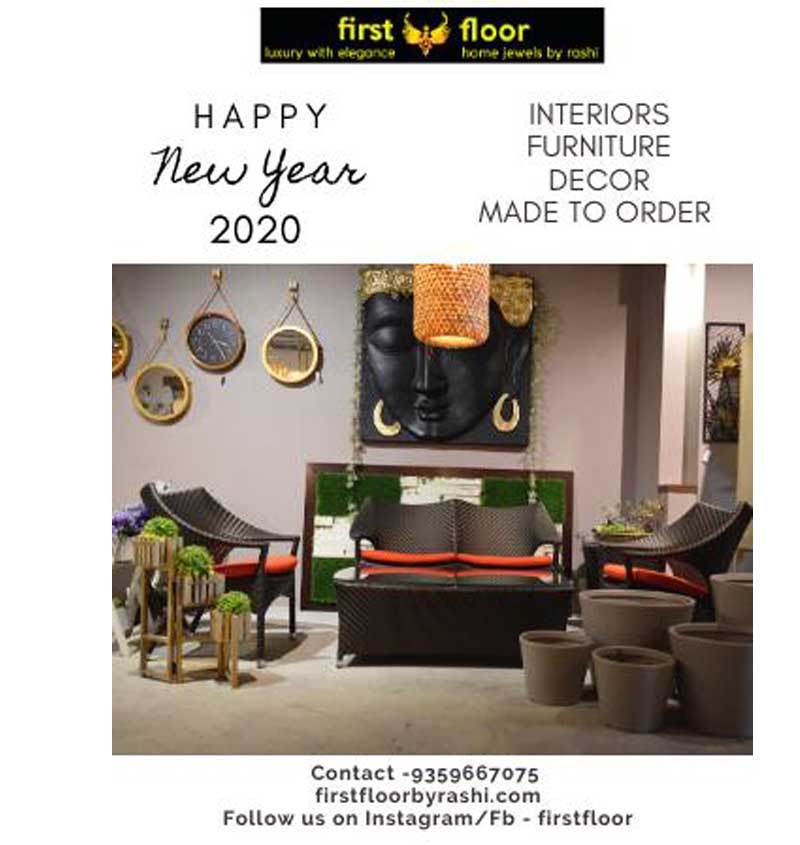What Are Tactile Textures?
Tactile textures refer to surfaces and materials that have a distinct feel when touched — whether soft, rough, smooth, grainy, or plush. These textures add layers of depth and warmth to interiors and create a sense of comfort, authenticity, and connection.
🧵 Popular Materials in This Trend:
-
Bouclé & Velvet: Soft, cozy fabrics used in upholstery for sofas and chairs. They offer plushness and a warm, inviting touch.
-
Rattan & Cane: Hand-woven natural fibers bring a tactile, organic feel that connects the indoors with nature.
-
Exposed Brick & Concrete: Raw, imperfect textures that add rugged character to urban and industrial spaces.
-
Wood Grains: Rough-sawn timber or hand-carved wood panels create a rustic, grounding experience.
-
Stone Surfaces: Honed marble or textured granite brings natural luxury and a cool, earthy touch.
-
Layered Rugs & Throws: Combining knits, weaves, and plush materials offers rich, tactile layers underfoot or on furniture.
🖼 How to Use Tactile Textures in Interior Design:
-
Layered Contrasts: Combine smooth surfaces like polished metal or marble with textured ones like linen or wool to create a balanced, sensory-rich space.
-
Feature Walls: Use textured wall panels or 3D wallpapers to add a focal point without overwhelming the room.
-
Mix Materials: Blend natural elements (like jute, wood, and clay) with modern ones (like glass and steel) for an interesting tactile contrast.
-
Touch Zones: Focus on areas where people are likely to interact — such as sofa armrests, cushions, or handles — to enhance the sensory feel.
🌟 Why Tactile Textures Matter Today
In a fast-paced digital world, people crave spaces that ground them. Tactile textures create emotional comfort, especially in homes, offices, and wellness spaces. This trend reflects a broader movement toward mindfulness, nature-inspired design, and human connection in interiors.



















Your Message